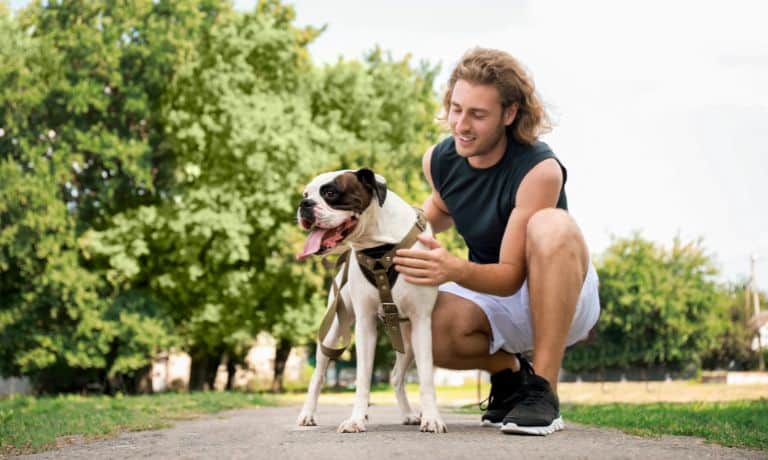
One of the most heated debates in the dog owner community is how much exercise to give your pet. Depending on the dog’s breed, most veterinarians recommend between 30 minutes and 2 hours of play every day. However, this estimate also depends on your dog’s age and other health conditions.
The reason there’s so much controversy is that not giving your dog enough play can be bad for them. They can get overweight, become depressed, or be destructive. Most people don’t that too much exercise is also possible, and it has its own consequences. Learn how it’s possible to exercise your dog too much.
Muscle Soreness
Like humans who exercise too much, dogs can get sore muscles from too much activity. If it happens too often, that soreness can turn into muscle stiffness, which affects your dog’s mobility, not just for playtime.
Osteoarthritis
Arthritis can become a problem if you overexercise young dogs. This is because a puppy’s bones are still forming, and too much activity can actually affect how they develop. Talk to your vet about early recognition of arthritis in dogs so you can keep your pet healthy.
Heat Exhaustion
Dogs who exercise too much can get too warm, resulting in heat exhaustion. When your dog overheats, they’re more susceptible to other health problems, including:
- Disorientation
- Collapsing
- Convulsions
- Vomiting
- Diarrhea
Overheating is more common when the weather is warm, but it’s possible in any temperature. Old and young animals are more likely to suffer heat exhaustion.
Lethargy and Exhaustion
If your dog repeatedly overexerts themselves during play, you may find that they’re soon too tired to do anything but rest. They may even show a lack of interest in food and social interaction. Not eating is very dangerous if it goes on long enough, and it can lead to other problems like unnecessary weight loss.
The bottom line is that it’s possible to exercise your dog too much. When deciding how much exercise to give your dog, take your cues from your vet and your pet’s behavior. Allow your dog to rest in between activities and let them signal that they’re ready to play again.




